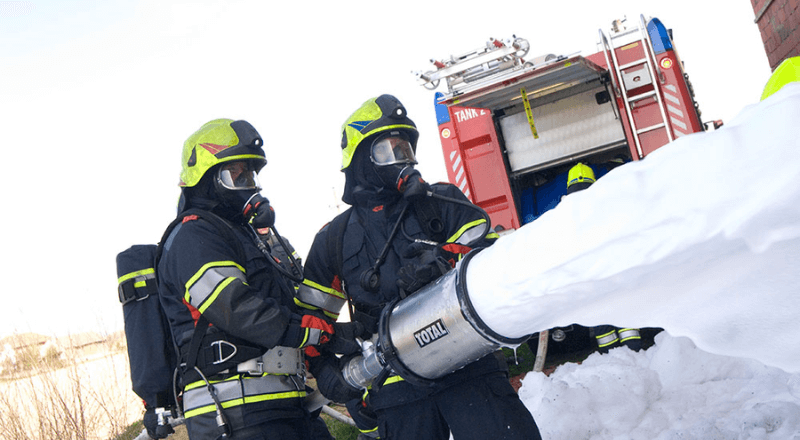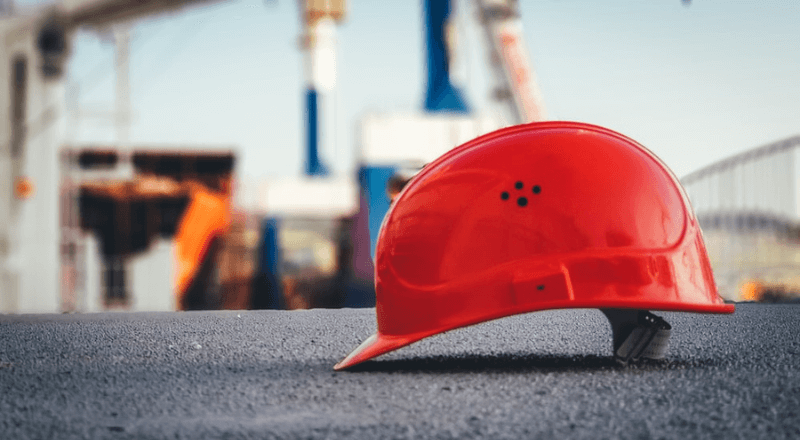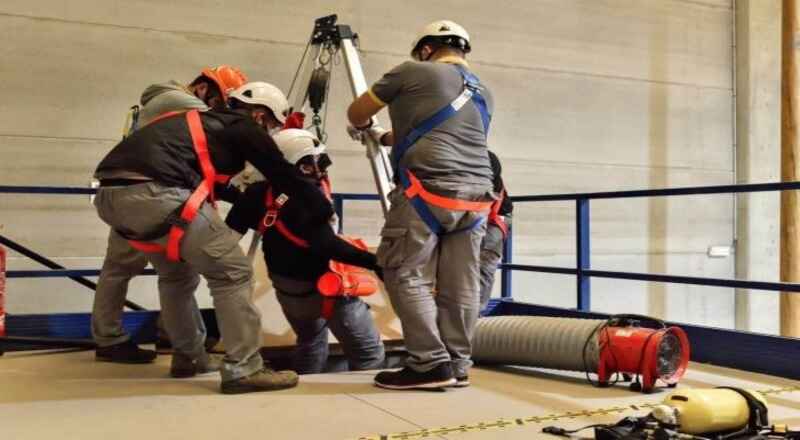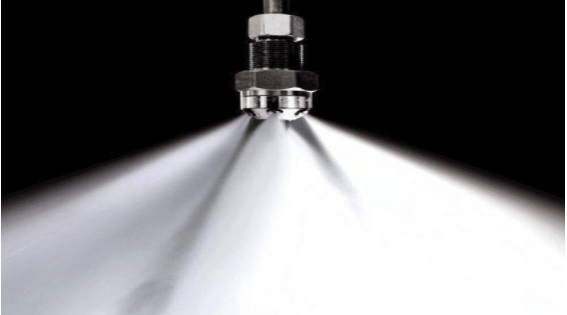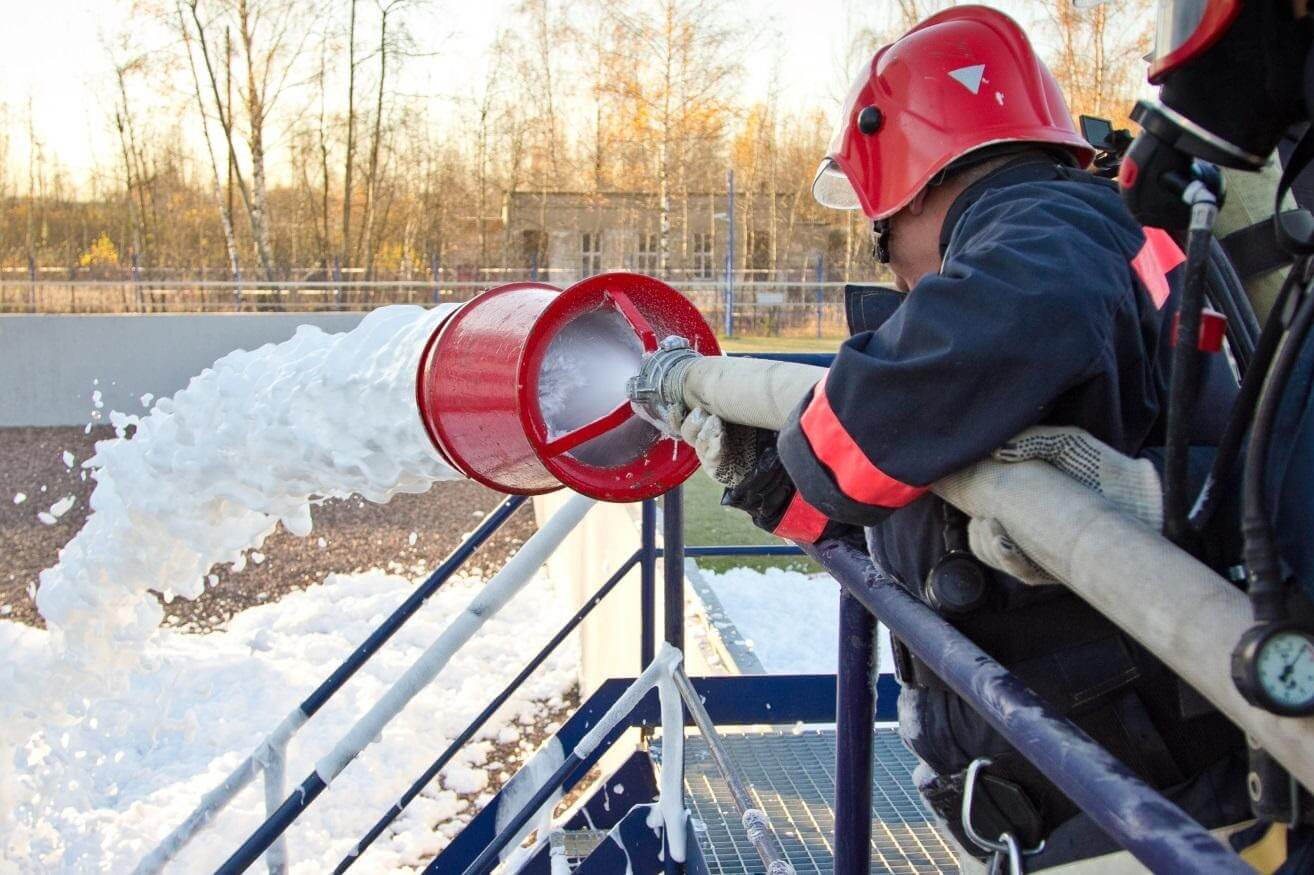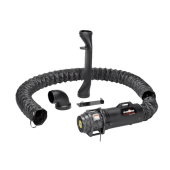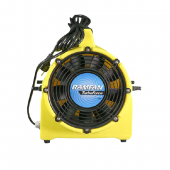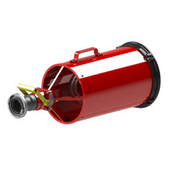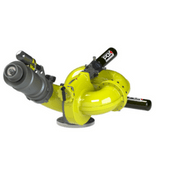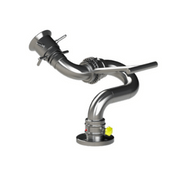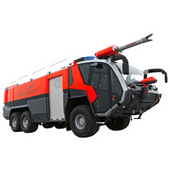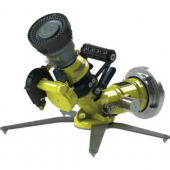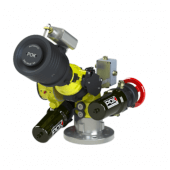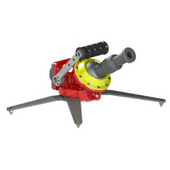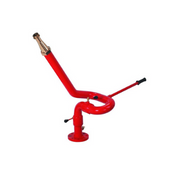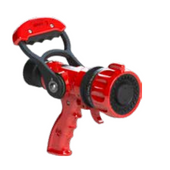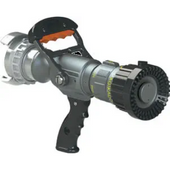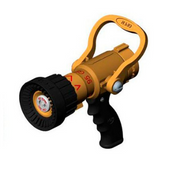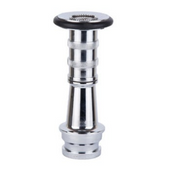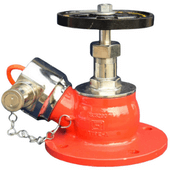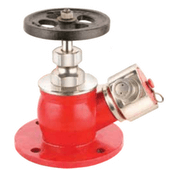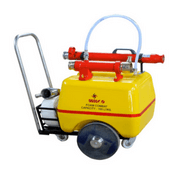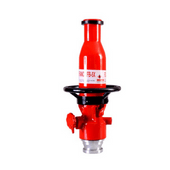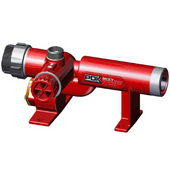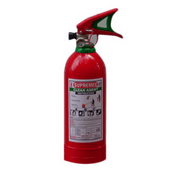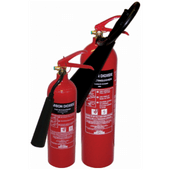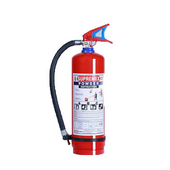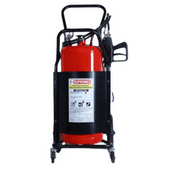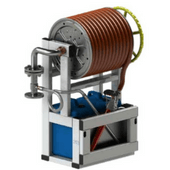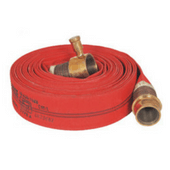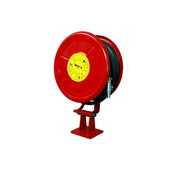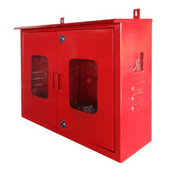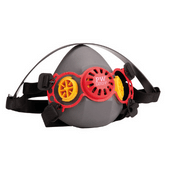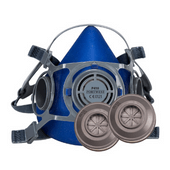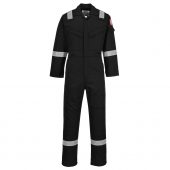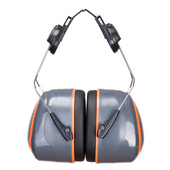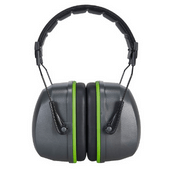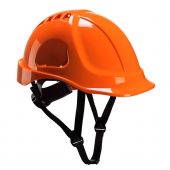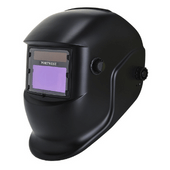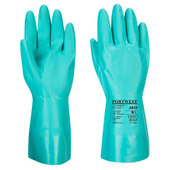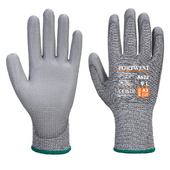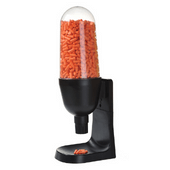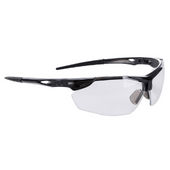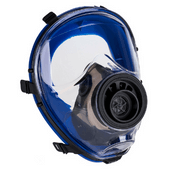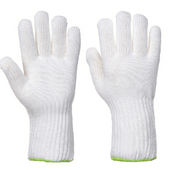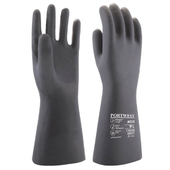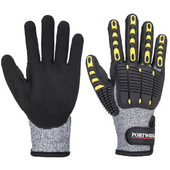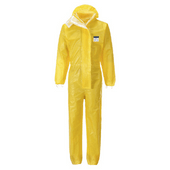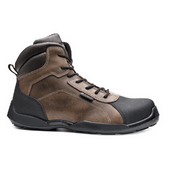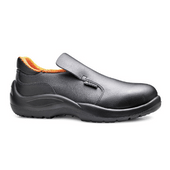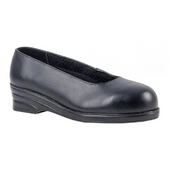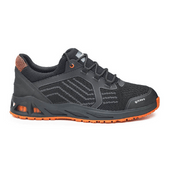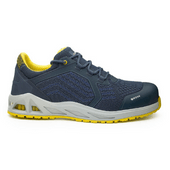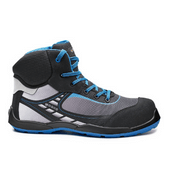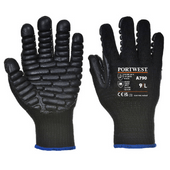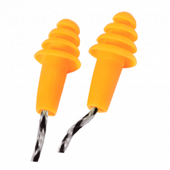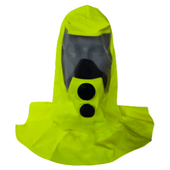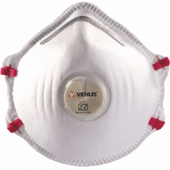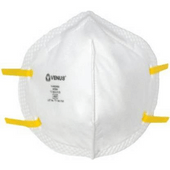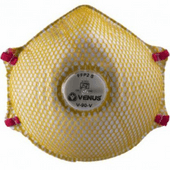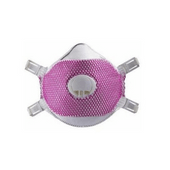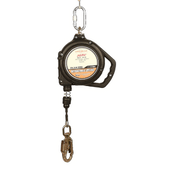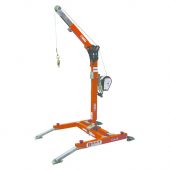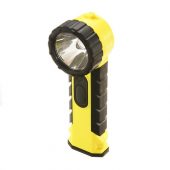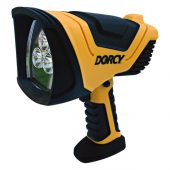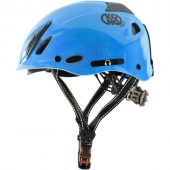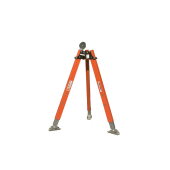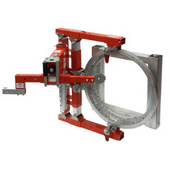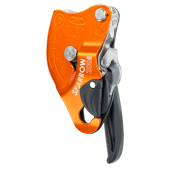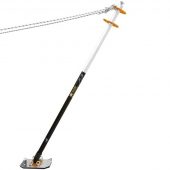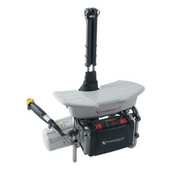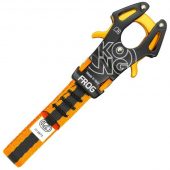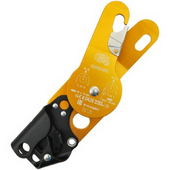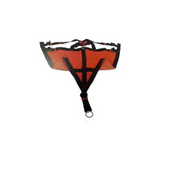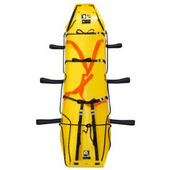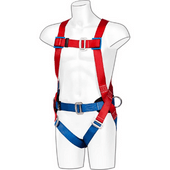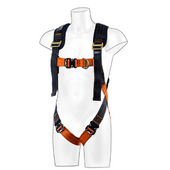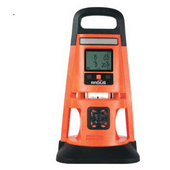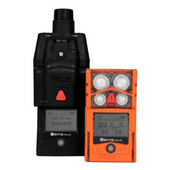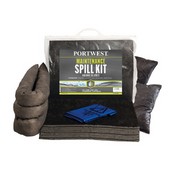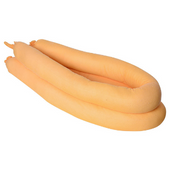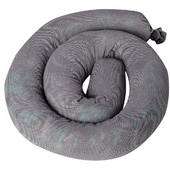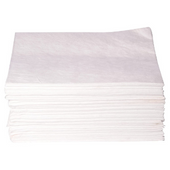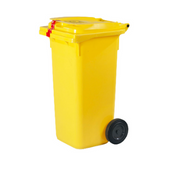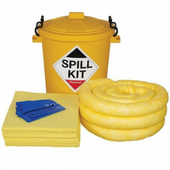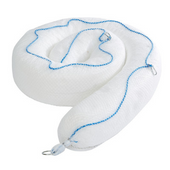
Ear plugs Vs Ear muffs: Noise Reduction Rating (NRR) and its application
Introduction
When it comes to ear protection, both ear plugs and ear muffs are quite popular. While the two types of hearing protection devices offer similar levels of noise reduction, they differ in their design, functionality and ease of use. Ear plugs fit inside your ears completely and do not allow any ambient sound to enter through gaps between the device and your outer ear. However, this also means that you cannot hear anything that is going on around you while wearing them; whereas, with ear muffs there will always be some amount of ambient noise present, which makes it easier for you to know what’s happening around you at all times.
Ear muffs are considered more comfortable than ear plugs because they cover a larger surface area (i.e., your entire head). This results in fewer pressure points being applied against your head when compared to using just one or two small pieces of foam in each canal (in case of an average sized adult). Moreover, since these two kinds of protectors come with different designs, those who prefer one over another should consider purchasing whichever type appeals most based on personal preferences rather than assuming one type would work better than another simply because industry standards suggest otherwise! (Find the high-quality Earmuffs here)
Noise Reduction Ratio (NRR) and its importance
Noise Reduction Rating (NRR) is a calculation of the noise reduction provided by a hearing protector. It is the average of the earplug’s attenuation at frequencies 250, 500 and 1000 Hz as prescribed by the American National Standards (ANSI). It is used to determine how effective a hearing protection device will be against noise. Measured in decibels (dB) NRR ratings apply to both earplugs and earmuffs and are useful to users when comparing different hearing protection devices. A higher NRR value is better and blocks out more noise than a lower NRR.
Note that the Noise Reduction Rating (NRR) printed on various earplugs and earmuffs is not a direct indication of how much noise they will block. For example, if you are in a construction site where the noise exposure is 95 dB and you are wearing foam earplugs with an NRR 31 dB, the level of noise exposure would not reduce to 64 dB. To get the actual number of decibel deduction, subtract seven from the NRR rating and divide by two.
Actual Reduction = (NRR – 7)/2
So, earplugs in the previous example with NRR 31 dB noise reduction would be (31-7)/2 = 12.
Also as per NIOSH recommendation, ear plugs and muffs to be further derated by a factor of 75%, 50%, and 30% respectively to compensate reduced protection provided in real-world conditions.
Use of Ear plugs and Ear Muffs in Combination
When using a combination of two different hearing protection devices, rather than adding the NRR of the two devices, you add five to the device with a higher NRR to get the actual noise reduction rating. For example, using earplugs rated 35 dB and earmuffs rated 26 dB, you will get a total noise reduction rating of 40 dB.
SNR vs. NRR
Single Number Rating (SNR) and Noise Reduction Rate (NRR) are rating scale used to estimate the amount of sound protection offered by a hearing protection device when worn correctly. The SNR is used within the European Union, while NRR is used in the United States. Although both rating scales are designed to give an estimate of how effective hearing protection devices would reduce noise when fitted correctly, there do exist some differences between them. Health and Safety Executive recommend derating hearing protection devices by 4dB to get the attenuation in real-world conditions. An earmuff with SNR 35 dB would, therefore, be rated 31 dB.
There is no formula for converting NRR to SNR; however, adding 2 or 3 dB to NRR ratings will give you SNR, while subtracting 2 or 3 dB from SNR will give you an equivalent NRR.
NRR 31 dB + 2 or 3 = ±SNR 34 dB
SNR 38 dB – 2 or 3 = ±NRR 35 dB
Choosing between Ear plugs and Ear Muffs
Both ear plugs and ear muffs can be helpful in protecting your hearing from loud noises. However, if you are considering using either of these devices, choosing the right one will depend on a number of factors such as how often you need to use them and where you will be using them.
Ear plugs should be used when there is a lot of background noise and you need to hear what’s going on around you. Ear muffs are better for protecting against loud noises, like gunshots. They also can provide more protection than earplugs against continuous noise, such as machinery. Earplugs are better than earmuffs if you’re trying to protect yourself from short-term exposure to very loud sounds—like fireworks or firecrackers—or if your hearing is already compromised by age or illness (you have tinnitus). Ear plugs are inserted into the ear canal and can be uncomfortable for some people. They can also interfere with communication, which makes it difficult to hear instructions or conversations. Additionally, if you remove your hearing protection while working around loud noises, it’s possible that some sound will still enter through the ear canal as opposed to being blocked by an external device. Ear plugs are the clear winner when it comes to confined space. Ear plugs are the way to go—they’re easier to insert than ear muffs and they’re far more comfortable for extended wear (Explore reusable cordless earplugs here)
Ear muffs are easier to put on than ear plugs because they simply sit on top of the head instead of going into your ears like with ear plugs. Ear muffs typically have cushioned pads that make them more comfortable than standard foam or rubber earplugs; however, not all types offer this feature so check before buying if comfort is important to you! the biggest benefit of ear muffs is the added comfort. Electronic earmuffs are an excellent product to prevent subtle loss of hearing over time which usually goes unnoticed for many years. Electronic ear muffs automatically amplify sounds under a defined decibel level while simultaneously muffling loud sounds like gunshots. The electronic microphones pick up and amplify sound at a lower level db like a conversation. You can amplify even the sound your quarry makes. Microphones pick up sound from outside the ear muffs and transfer the sound back into the muffs. Electronic ear muffs work to and reduce (or eliminate) dangerously loud sounds.
Conclusion
Ear plugs and ear muffs are both great options for noise reduction. They are equally effective at preventing hearing loss and damage from loud noises, but each one has its own benefits that may make it more suitable for certain people or situations.









